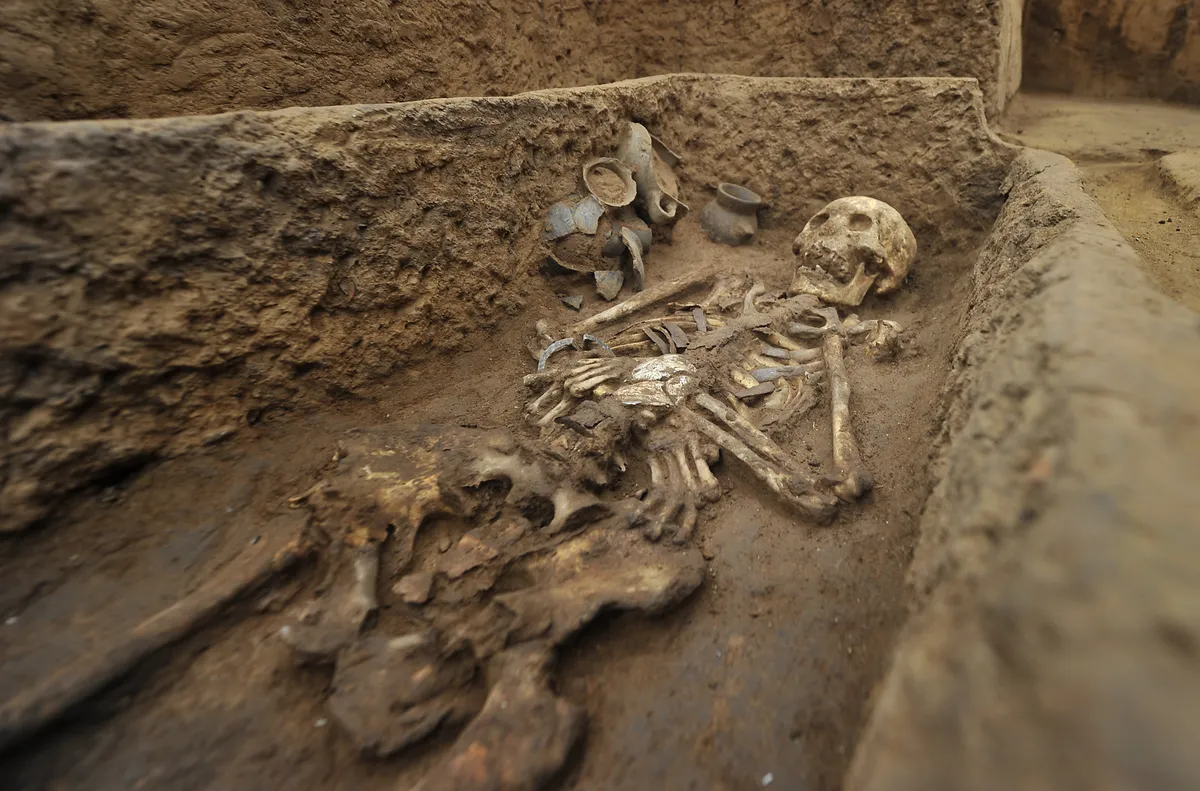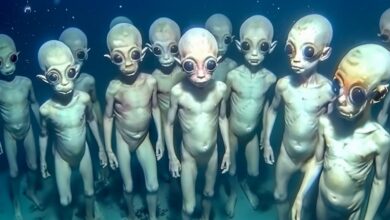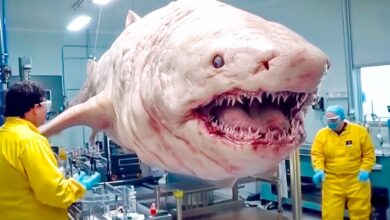The UnXplained: GIANT SKELETONS Found In Wild West Cave

**Discovery at Lovelock, Nevada (1911)**:
In 1911, two miners searching for bat guano in a narrow cave in Lovelock, Nevada, discovered more than 40 human skeletons. Some of these skeletons were unusually large, measuring 7 to 8 feet tall, which was considered remarkable in an ancient human context. The discoveries caused a stir in the community, as large skeletons and human skulls were found at the site.
**Characteristics of the Skeletons**:
In addition to their large size, an oddity was that many of the skeletons found had red hair, suggesting that these people may have been distinct from the natives of the area. Although many of the large skeletons were lost over time, some were preserved in a local museum until about 10 years ago, when they were recovered and given a ritual burial.
**Other Giant Artifacts**:
Over 100,000 artifacts have been excavated from Lovelock Cave, including large items such as 15-inch high heels, equivalent to a US shoe size 29, which would fit a person about 9 feet tall. Some of the textiles are also large, leading some to believe they may have been worn by giants.
**The Giants Story**:
During the Wild West era, many reports of giant remains were found. The story of a race of giants that once lived in the area captured the public’s attention and fit with many religious beliefs, especially biblical stories of giants on Earth.

**History of the Paiute People**:
To learn more, one has looked at the history of the Paiute people, who have inhabited the Nevada desert for centuries. Sarah Winnemucca, a Paiute woman and descendant of Chief Winnemucca, wrote about a war between her people and a race of giants called the sai-duka’a. She described the war as not a myth but a real historical event, with red-haired giants living in the mountains near Paiute land and regularly eating humans.
**The Paiute War with the Giants**:
According to the Paiute story, after being eaten several times, they decided to confront the giants. A three-year war ensued, and eventually, the giants retreated into Lovelock Cave. The Paiutes blocked the entrances to the cave with branches and firewood, then set fire to it, resulting in the giants’ deaths.
**Evidence Connecting the Site and the Story**:
When the skeletons were discovered in Lovelock Cave in 1911, there were also signs of burning near the entrance of the cave, which closely matched what was reported in the Paiute story. Additionally, Sarah Winnemucca Hopkins kept some of the giants’ red hair and sewed it into a mourning shirt that she used when giving lectures.
**Other Evidence of Giants**:
Many believe that the evidence from Lovelock Cave and reports of giant bones elsewhere in the Nevada desert confirm the existence of giants. It is recorded that in 1904, an 11-foot-tall skeleton was discovered, and in 1931, another 8.5-foot-tall skeleton was reported. These findings, along with artifacts and legends, support the notion that the stories of giants in this area may have had some basis in fact.
**Paiute Viewpoint and Historical Background**:
The Paiute believe that the stories of giants are historical fact. While many may consider them myths, the fact that there is ample evidence of tribal conflicts and wars suggests that the stories were an important part of their history.








